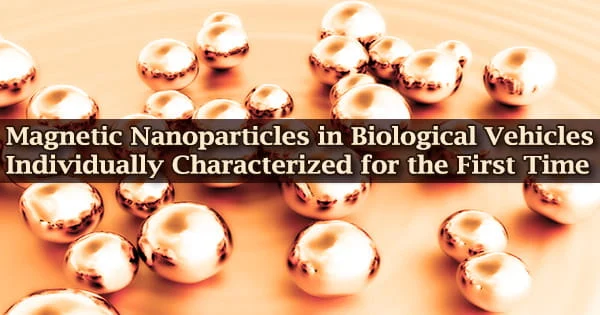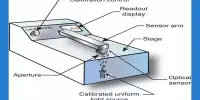The use of magnetic nanostructures in medicinal applications seems promising. They can be incorporated into biological structures and directed by external magnetic fields to deliver medications or kill cancer cells.
But up until now, it was difficult to get more than average information about those nanoparticles’ magnetic properties, which made it more difficult to use them successfully in treatments. Currently, a team at HZB has developed and tested a unique technique to evaluate the distinguishing characteristics of each and every magnetic nanoparticle.
Imagine a tiny vehicle with a nanomagnetic construction that could navigate the human body using magnetic fields from outside. When the vehicle has reached its objective, it may release a medicine or heat cancer cells without harming healthy tissue.
Diverse scientific disciplines are contributing to the realization of this idea. At the Universidad del Pas Vasco in Leioa, Spain, a multidisciplinary research team investigates the abilities of so-called magnetotactic bacteria, which have the intriguing ability to create magnetic iron oxide nanoparticles inside their cells.
The bacterium forms a chain out of these particles, which have sizes of about 50 nanometers (100 times smaller than blood cells). The Spanish team is exploring the possibility of treating cancer with “magnetic bacteria” such as magnetic hyperthermia agents. The magnetic nanostructures will be guided to the cancer spot and heated by outside fields to burn the cancer cells.
Actually, magnetic imaging of magnetic nanoparticles inside a biological cell with enough spatial resolution requires the use of X-ray microscopes. Unfortunately, this is only possible at large scale research facilities, like BESSY II, providing sufficiently intense X-ray radiation. In the future, however, with the development of compact plasma X-ray sources, this method could become a standard laboratory technique.
Sergio Valencia
They are now working along with a group of scientists at HZB under the direction of Sergio Valencia to thoroughly investigate their magnetic properties. All of these applications’ levels of success are sensitively influenced by the magnetic characteristics of the particular nanomagnets.
However, because the signals coming from these incredibly small magnetic structures are so weak, it is required to average values over thousands of them in order to obtain useful information.
Average values are not enough
Only these averaged values have been measured up to this point, which places certain limitations on the development of unique nanomagnet applications. But this has changed.
Spanish physicist Lourdes Marcano has developed a new method during her postdoctoral stay in the team of Valencia at BESSY II: “We can now obtain precise information on the magnetic properties of several individual nanomagnets in a simultaneous way,” she says.
Magnetic anisotropy for every single particle
The technique enables the measurement of the magnetic characteristics of specific magnetic nanostructures, even those incorporated in living things. With the aid of theoretical models, magnetic imaging at the MAXYMUS scanning transmission X-ray microscope at BESSY II allows researchers to learn more about the so-called magnetic anisotropy of each individual nanoparticle inside the microscope’s field of view.
By measuring the magnetic anisotropy of magnetic nanoparticles inside a bacterium, the technique has been demonstrated effective. The magnetic anisotropy, which characterizes how a magnetic nanoparticle responds to external magnetic fields applied at any direction, is a crucial parameter for controlling and guiding magnetic nanoparticles.
Future standard lab technique
“Actually, magnetic imaging of magnetic nanoparticles inside a biological cell with enough spatial resolution requires the use of X-ray microscopes. Unfortunately, this is only possible at large scale research facilities, like BESSY II, providing sufficiently intense X-ray radiation. In the future, however, with the development of compact plasma X-ray sources, this method could become a standard laboratory technique,” says Sergio Valencia.
















